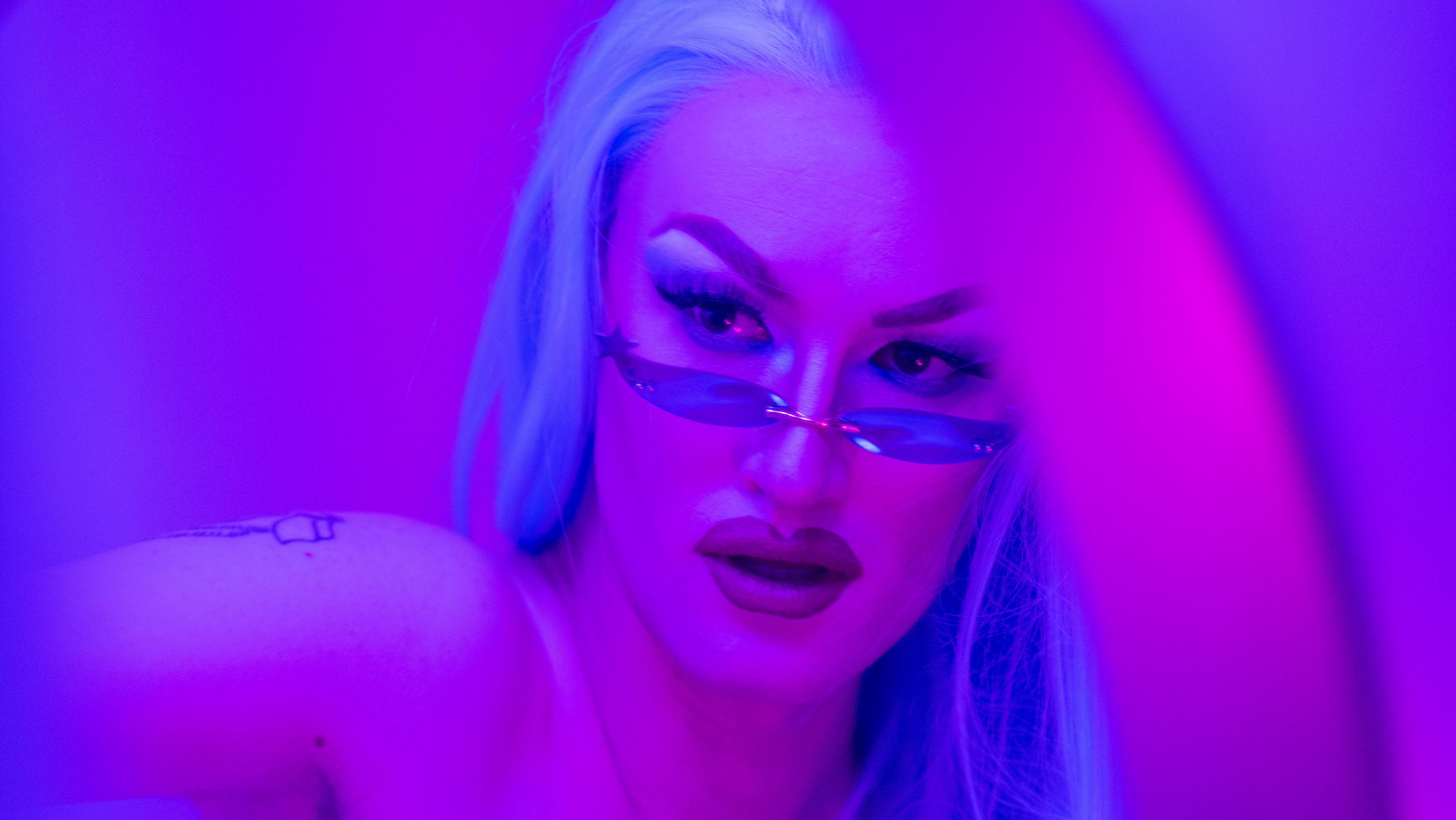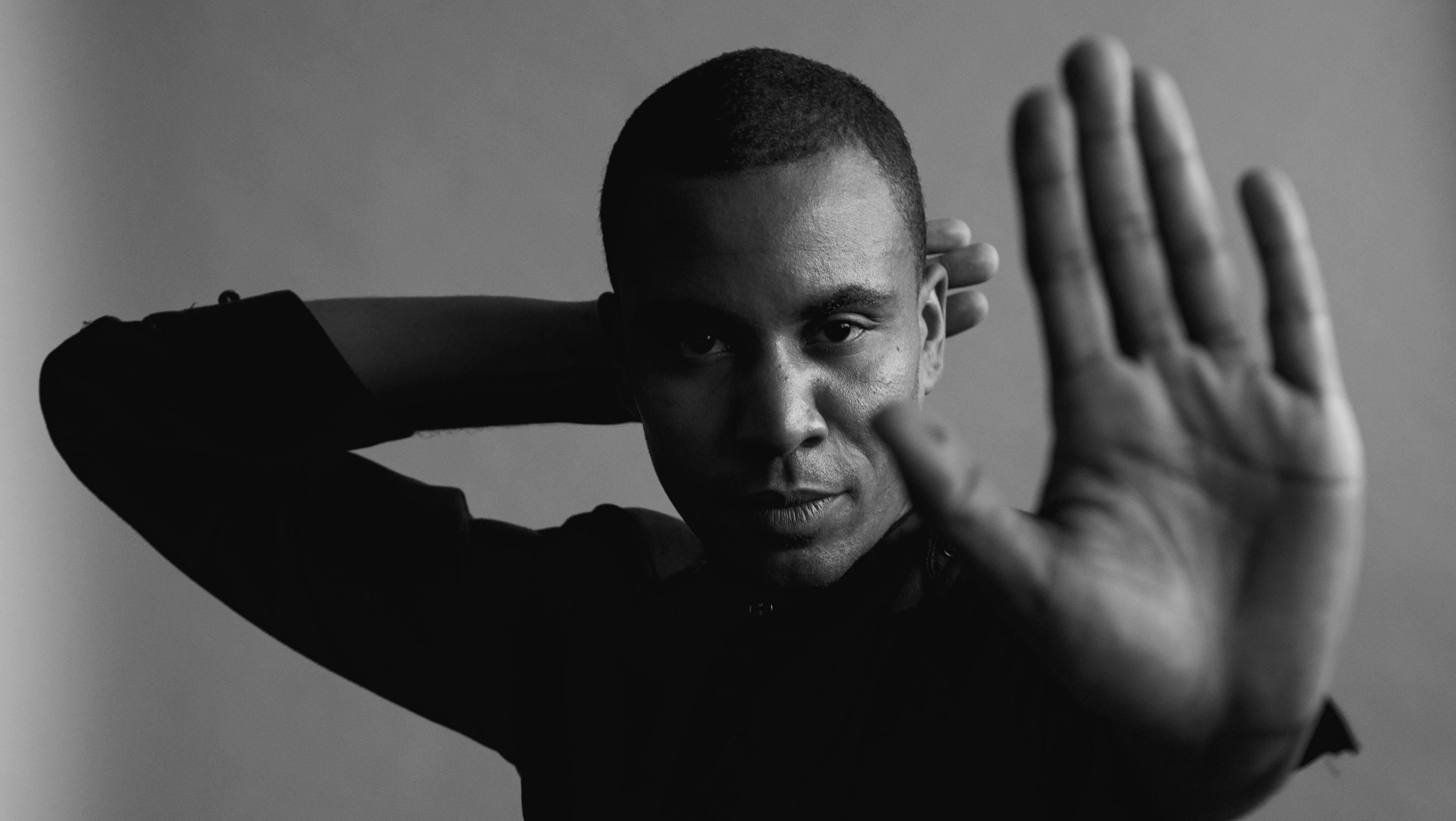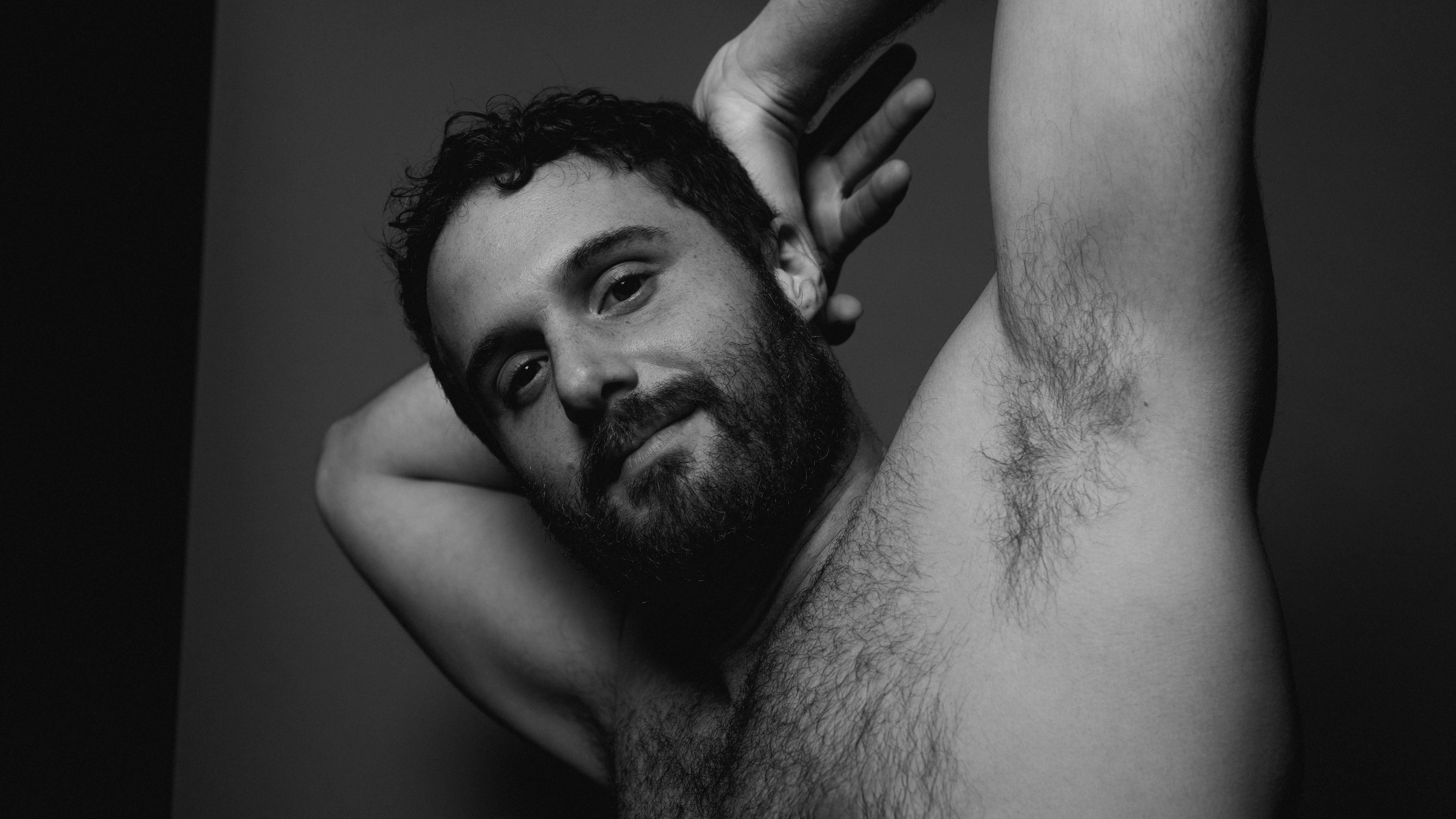Above is Q’s queer visual manifesto. By their own description, Q’s queerness is vibrant, fluid, multiple, in motion, genderfucked, exciting, in celebration of the human body, experimental and sexy yet unafraid to make a fool (although Q’s deep entrenchment in the world of fashion usually turns foolishness back into something beautiful, if it isn’t already beautiful to be a fool). These were relatively easy to image. The speculative side of Q’s queerness imagines an otherwise where people are confident and in command of their queerness, ready to shout their queerness at people’s eyes if they feel the need. In a specular sense, there is much reflected back to the viewer that fits squarely within Q’s intentions. Needless to say, Q’s queerness is spectacular, it revels in the spectacle. Q spoke much about the interpolative dimension of photographs, which mirrors the interpolative strength of a manifesto. Q celebrates that, with photos of queer models, viewers must approach the image and be confronted with a co-mingling of the image’s content and their own preconceived notions. In this sense, Q was very much in favour of the possibility of a queer visual manifesto.
Interestingly, Q is a photographer who turns their lens to queerness quite often so when I asked them what might be ‘missing’ or what might ‘remain’ out of the frame of this manifesto, they had a difficult time thinking of anything. For Q, a queer visual manifesto is much more successful than not at conveying personal queerness. As we were shooting however, Q began to talk about the sound of queerness. Q is drawn to the noise that often follows queer joy and protest, and the noise that erupts at queer suffering. This is at least one thing that is forever locked in the margins of this manifesto; there is a hint of loudness with bold colours, but the sensory auditory experience will always be absent.
Above is R’s manifesto (R is pictured centre). R’s queerness was much more difficult to image because when asked to even describe a bit about their queerness, R told me that they understood it to be excessive to description in a profound sense. R’s queerness exists in the margins of language, it seemed. That being said, R was interested in making manifest their queer polyamory and turning this experience into a queer visual manifesto. R’s queerness is experiential, celebrates human connection, is polyamorous, and understands itself to escape language. From a specular lens, what is reflected back in this image is queer connection and non-monogamy but what remains outside of this image is a multiplicity of other bodies, the smells and sounds of human connection, and the tactile sensation of being close to those with whom you share mutual affection and care. R’s queer visual manifesto speculates a world where people can unthink monogamy, and can learn new ways of existing in the world with other people. In a spectacular sense, this image might be arresting to some people or cause deep discomfort in others. R’s manifesto would make manifest a world in which this is no longer a spectacle, where (queer) polyamory no longer shocked people or necessitated long conversations about why monogamy is not an inherently human approach to co-existence.
R’s manifesto also reflects a deeply personal narrative back to me. Up until 2 days before taking this image, R was my polyamorous partner, in a relationship with myself and my 8 ½ year-long partner J. This image pictures the three of us, ex-partners, still entangled. For myself, looking at R’s queer visual manifesto attests to the power of polyamory to respect the love which draws people together in the first place. It rejects the normative monogamous narrative of ‘ex’ partners as necessarily ghoulish, and seeks out new ways of co-existing with people who are, once were, or might become entangled in your life.






